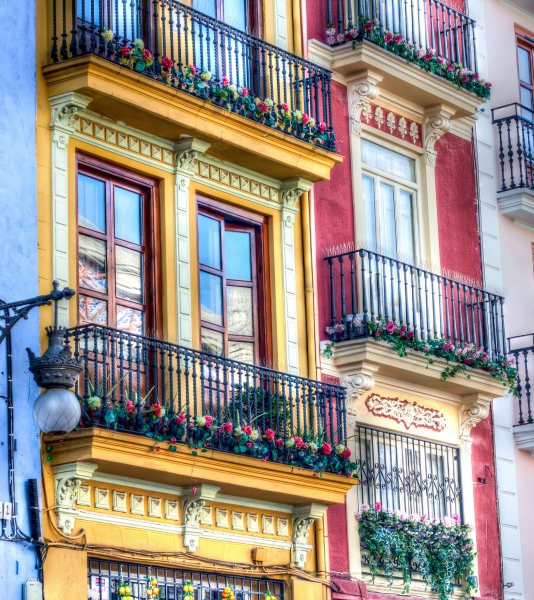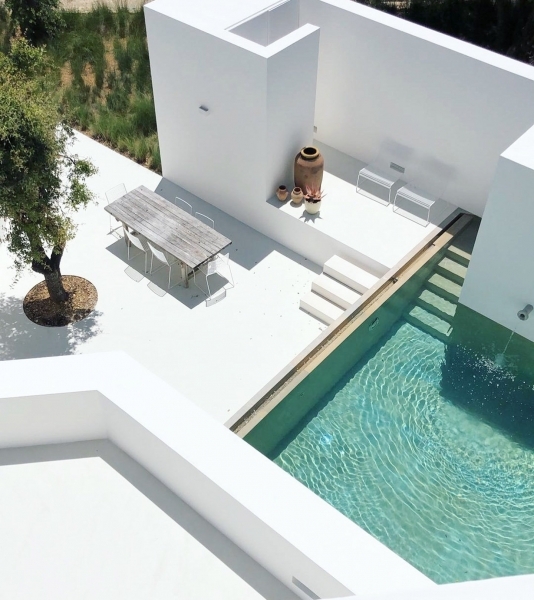Where to stay in the Berlin region
The region of Berlin stands a bit in the shadow of its main city Berlin. Potsdam can compete a bit on the cultural and historic side having Sanssouci, Germany's largest World Heritage Site. But it is Berlin that stands out with its Kieze (neighbourhoods) and their mix of strong local tradition with a free multicultural spirit which make it one of the most unique cities in the world.
Our selection of trendy and stylish hotels in the Berlin region is also unique. Capture the atmosphere of the neighbourhoods in one of the boutique hotels in Prenzlauer Berg or Berlin Mitte. Feel like a local in a stylish holiday flat in Berlin Kreuzberg or trendy Friedrichshain. If you prefer something more authentic, choose a cosy bed and breakfast on Kurfürstendamm. Whatever your taste, we will help you find the perfect accommodation. For an unforgettable stay in the capital Berlin, we have put together a selection of trendy, elegant and hip Berlin hotels and guesthouses.
Berlin region
The Berlin region consists of 5 independent cities and 14 districys, of which the city of Berlin and Potsdam, the capital of the state of Brandenburg, account for 80% of the population. Potsdam was a residence of the Prussian kings and the German Kaiser until 1918 and is known for its contribution to the Age of Enlightenment with the careful balance of architecture and landscape, reminding residents of their relationship with nature and reason. Famous and definitely worth a visit are the parks and palaces of Sanssouci, Germany's largest World Heritage Site.
But the most famous district of the Berlin region is the city of Berlin, which consists of numerous boroughs called “Kieze” that are like small cities themselves and which all have their own history. Many Berliners never leave their Kiez unless they really have to.
The Kieze in the centre of the city are Mitte, Friedrichshain-Kreuzberg, Neukölln and Charlottenburg-Wilmersdorf, of which only Charlottenburg-Wilmersdorf belonged to the former West Berlin. The other three are vibrant cultural hotspots that went through astonishing transformations since the fall of the wall.
The west of Berlin is a mix of clear rivers and lakes, vast green landscapes and lively city life. Best to discover on its endless bike lanes through Spandau und Steglitz-Zehlendorf and walking through the shopping streets in Tempelhof-Schöneberg.
The Kieze in the east of the city stand out by being all different to each other. You can visit imperial palaces in Pankow or be awed by the “echte Platte" in Marzahn, a memory of living in pre-fabricated concrete apartment blocks that has astonishingly started to become trendy. The east will also offer you Europe’s largest zoo in Lichtenberg.
Our collections
Don’t know where to go? Let our collections inspire you.








